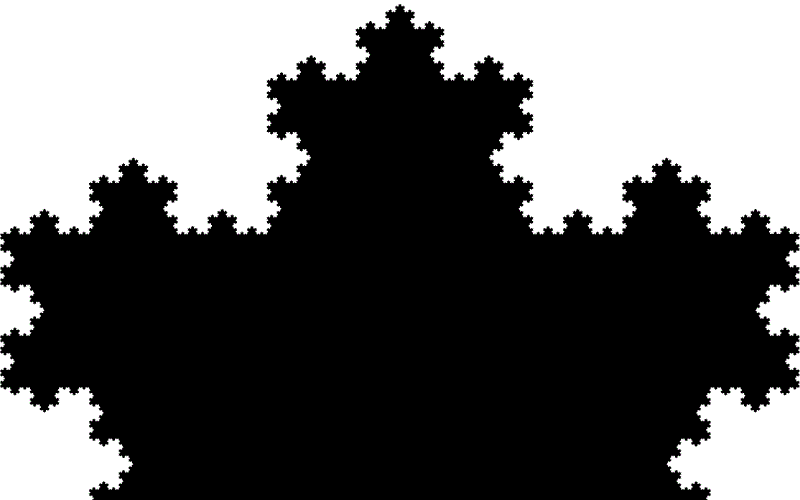Imagine a Fractal Talisman
Fractalisman, or fraktalisman, is a blend word combining fractal and talisman. A talisman is any object ascribed with religious or magical powers intended to protect, heal, or harm individuals for whom they are made. Talismans are often portable objects carried on someone in a variety of ways, but can also be installed permanently in architecture. Put together, a fractalisman might be a tangible object of fractal nature that you can hold, behold and carry but somehow zoom and modify to explore the infinite self-similarity of fractal geometry. Fraktalisman has been an experiment in art, music, and technology, like the emerging internet used to be in the late 20th century. An early source of inspiration, the theory of fractals evolved into practice when computers were made to produce colourful imagery based on complex mathematics. Zooming into greater detail, one will behold the same geometric forms over and over again, a process which can be repeated infinitely and which is known to scientists as self-similarity.
Fractals as an Interactive Illustration of the Philosophy of Zen Buddhism
Apart from their optical fascination, fractals have also been seen as an interactive illustration of the philosophy of zen buddhism and christian mystics about all the large and universal structures of life being contained in the smallest things and structures. Furthermore, fractal geometry offered great benefits for science. On its feature about Mandelbrot's fractal geometry, IBM states that "biology and healthcare are only some of the latest applications of fractal geometry. The developments arising from the Mandelbrot set have been as diverse as the alluring shapes it generates. Fractal-based antennas that pick up the widest range of known frequencies are now used in many wireless devices. Graphic design and image editing programs use fractals to create beautifully complex landscapes and life-like special effects. And fractal statistical analyses of forests can measure and quantify how much carbon dioxide the world can safely process."
